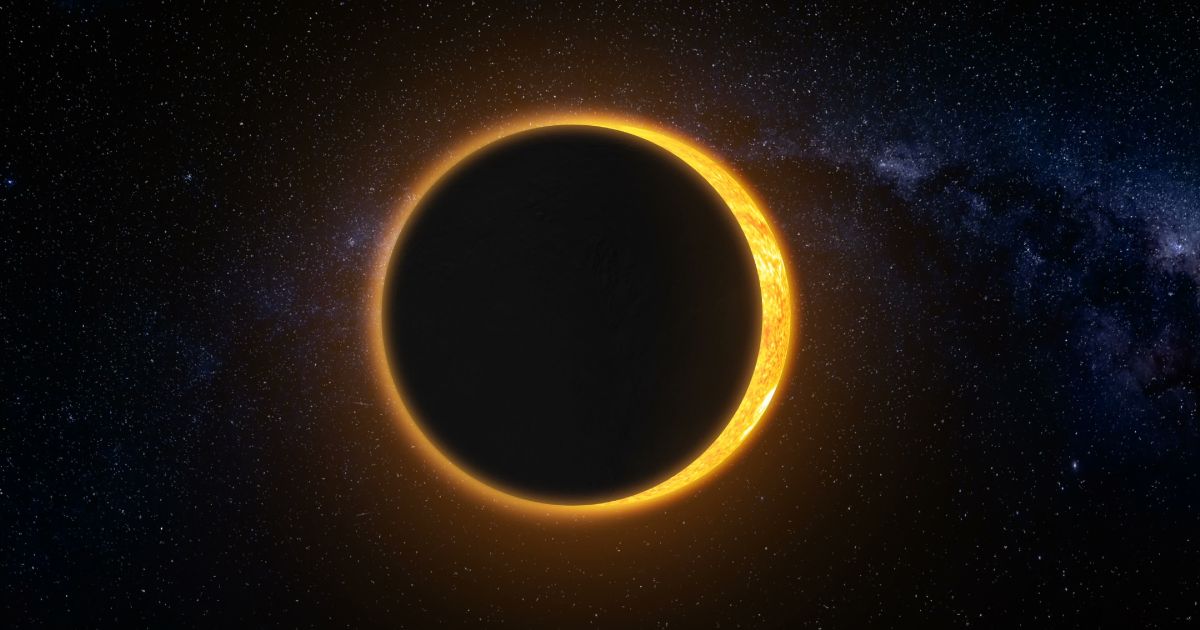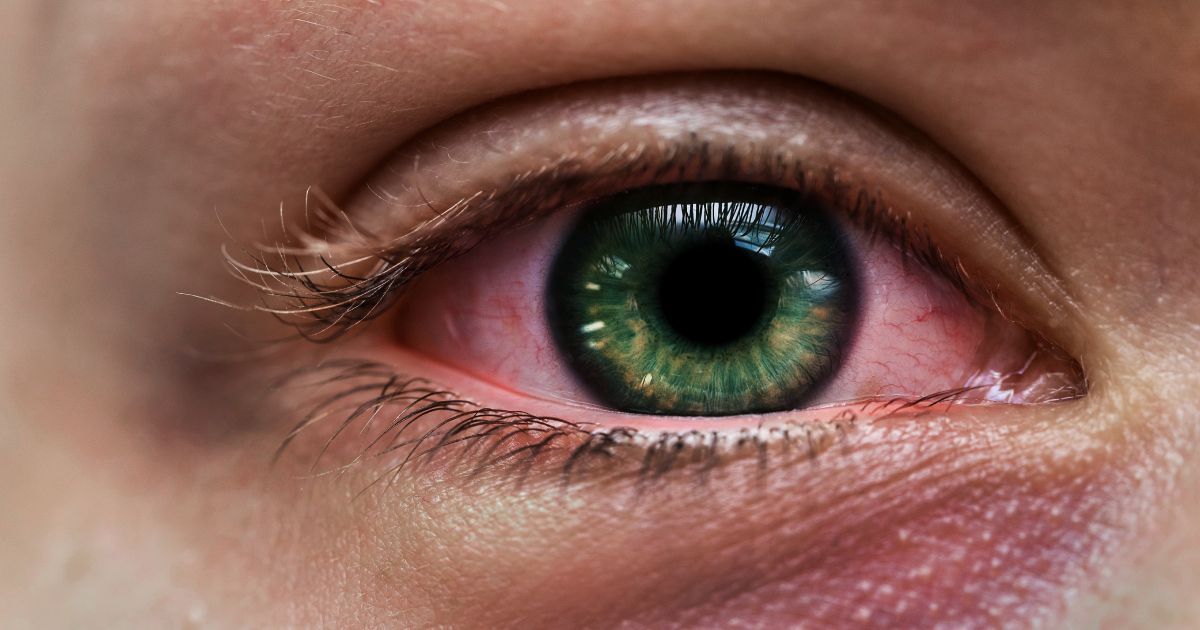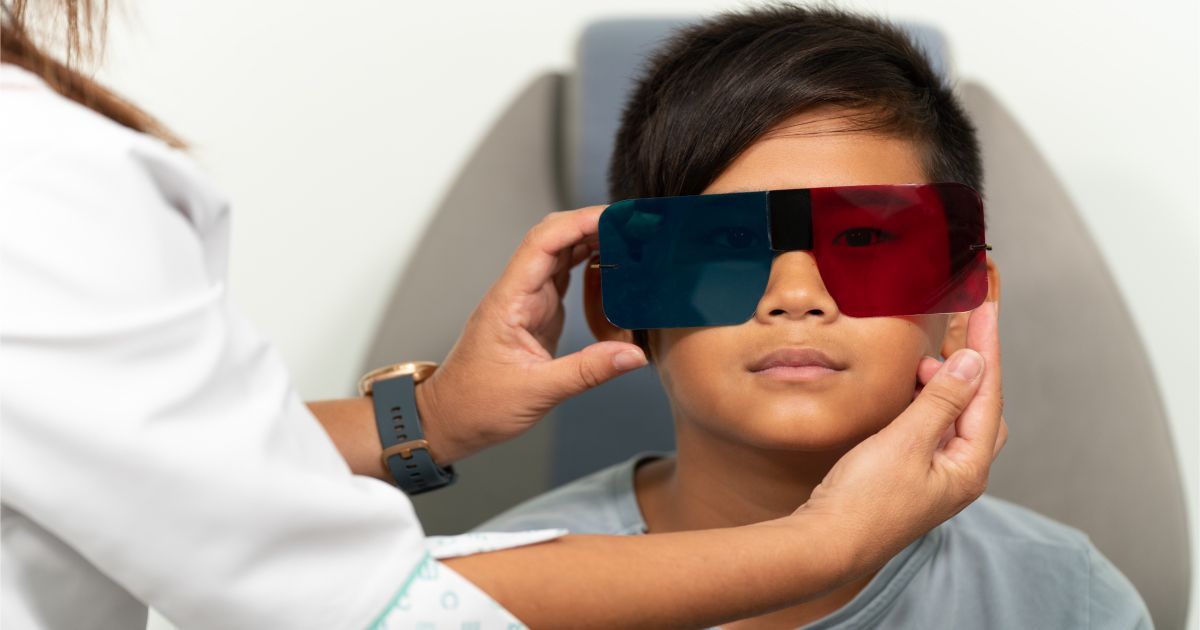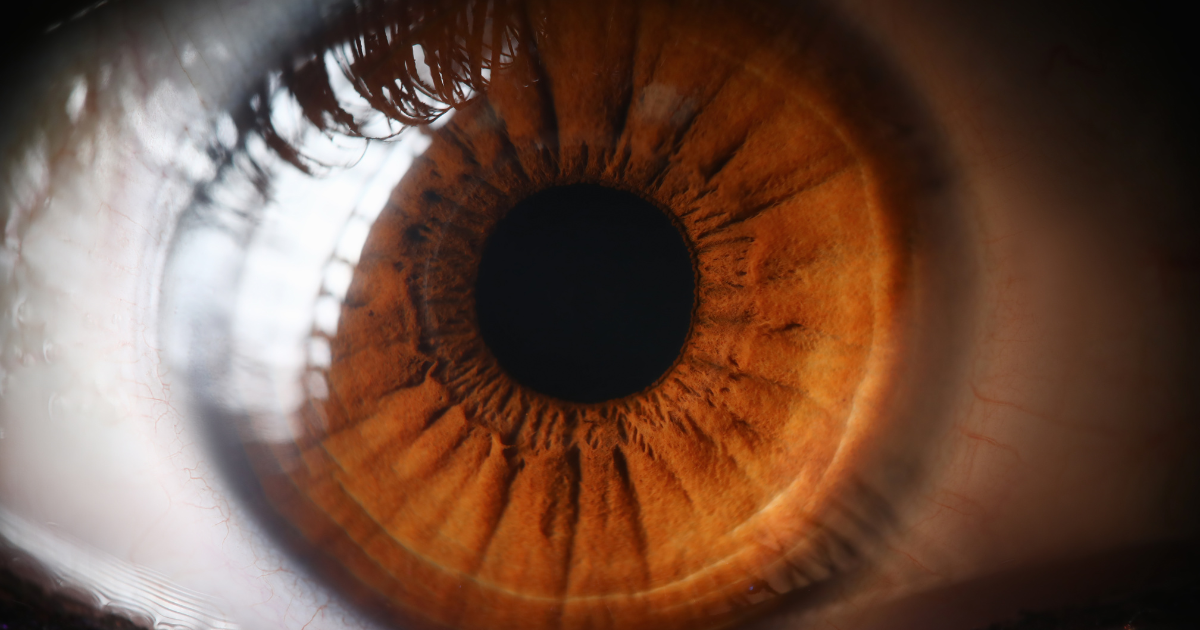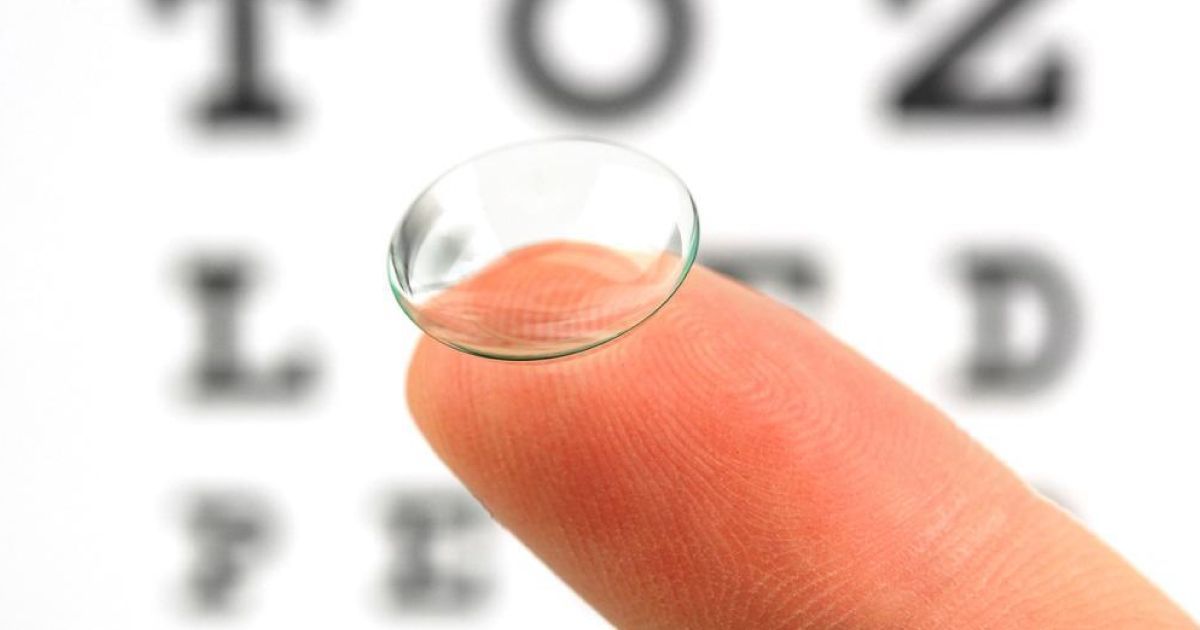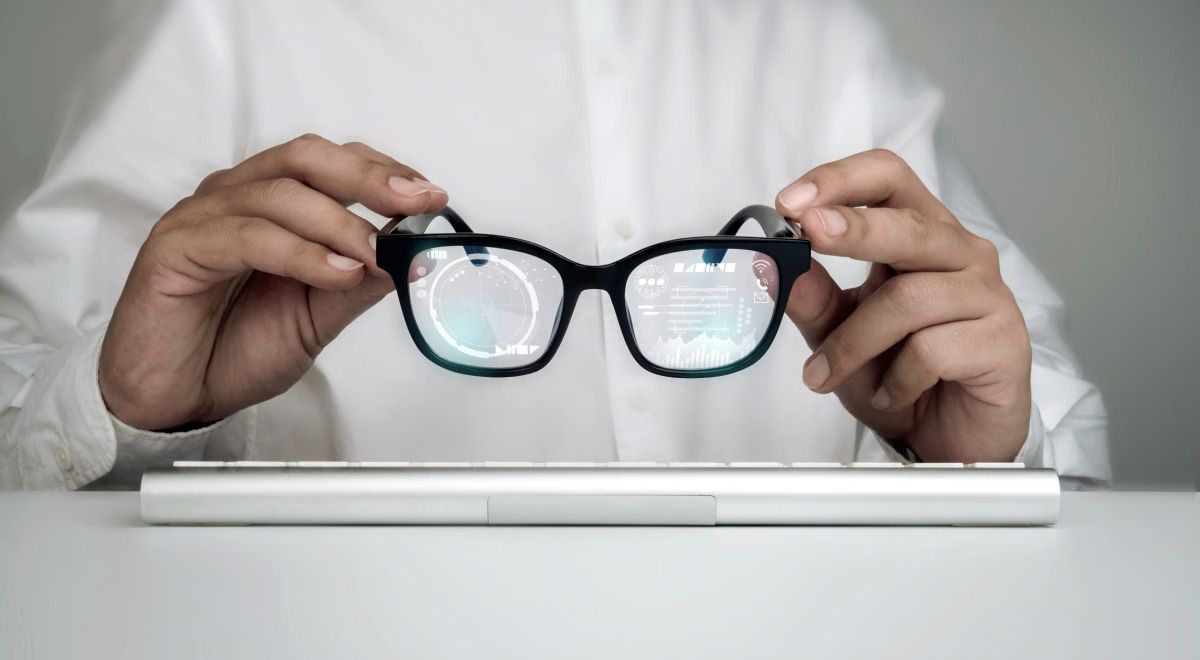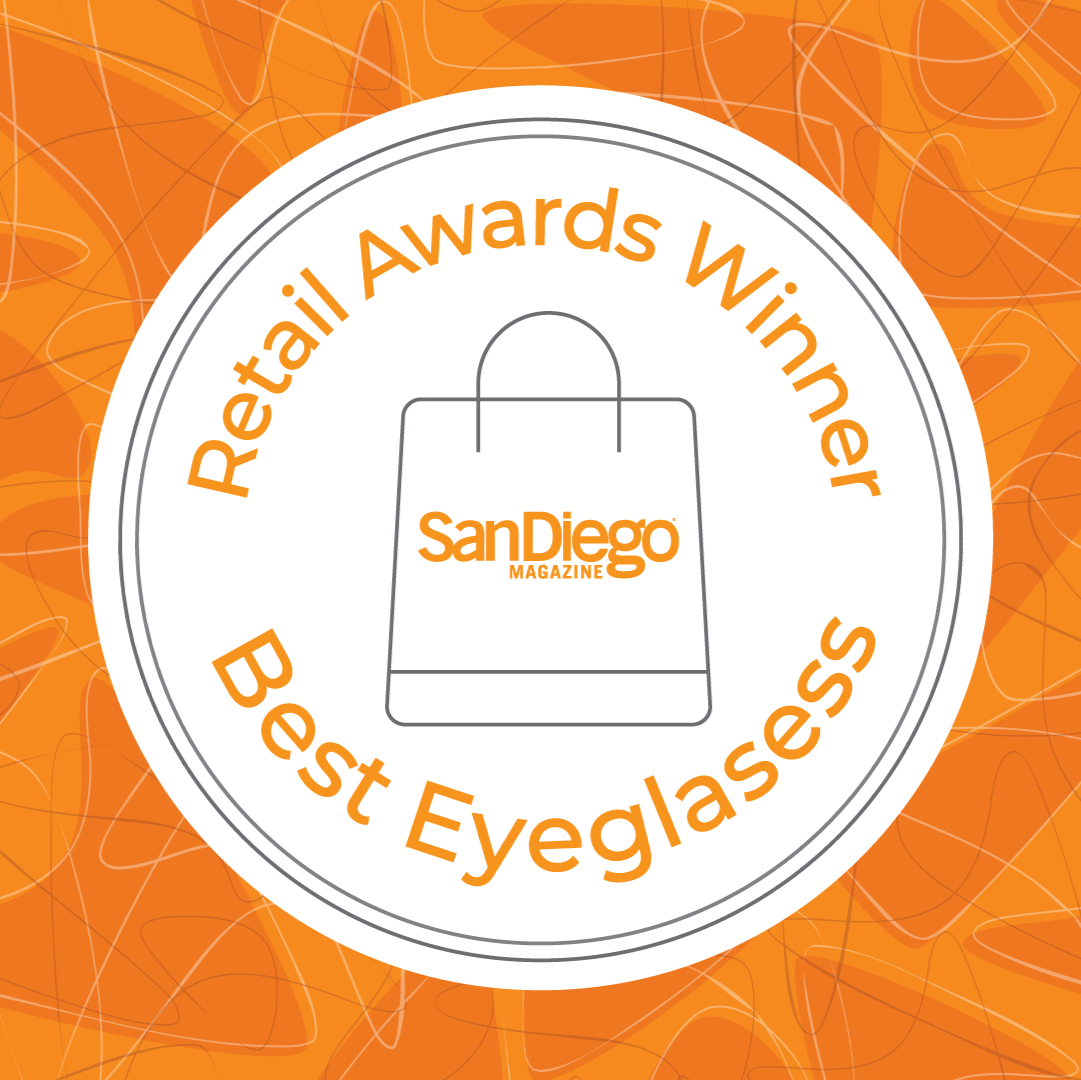The Celestial Spectacle: A Guide to Safely Viewing the 2024 Solar Eclipse
Photo: Stock Photo
Read time: 5 minutes
** Don't miss a special offer at the end of this article to get a free pair of solar viewing glasses.
On April 8, 2024, a celestial event of epic proportions will unfold across the skies of North America. A total solar eclipse, a rare and awe-inspiring phenomenon, will grace our planet, casting a mesmerizing shadow over a narrow path stretching from Mexico to Newfoundland. This cosmic ballet between the Sun, Moon, and Earth is a sight to behold, but it also carries a crucial safety concern: protecting your eyes from potential harm.
What is a Solar Eclipse?
A solar eclipse occurs when the Moon passes precisely between the Earth and the Sun, temporarily obscuring the Sun's brilliant rays. During a total solar eclipse, the Moon's dark silhouette completely covers the Sun's disk, revealing the Sun's ethereal outer atmosphere, known as the corona. This celestial alignment creates a breathtaking spectacle, with the Moon appearing to take a bite out of the Sun before completely obscuring it.
The path of totality, where the Moon's shadow fully covers the Sun, will sweep across a narrow band stretching from Mexico to Newfoundland. Along this path, observers will experience a brief period of total darkness, lasting up to 2 minutes and 40 seconds, depending on their location. Outside the path of totality, a partial solar eclipse will be visible, where the Moon appears to take a smaller bite out of the Sun.
Where and When Will the Solar Eclipse Be Visible?
Unlike in past years, the 2024 Solar Eclipse will be at least partially visible throughout all 48 contiguous states on April 8th. In Northern California, visibility will be around 30%, and that gets better as you move south. Those in San Francisco will have around 45% visibility, while Los Angeles residents will see around 57% of the eclipse.
For the San Diego area, the first glimpse of the partial eclipse will occur at 10:03 am local time. The maximum eclipse, when the moon will cover the greatest portion of the sun's disk, is predicted for 11:11 am. The eclipse will then conclude by 12:23 pm as the moon fully moves away from obstructing the sun.
For detailed information on viewing times and for more information, visit the Eclipse2024 website.
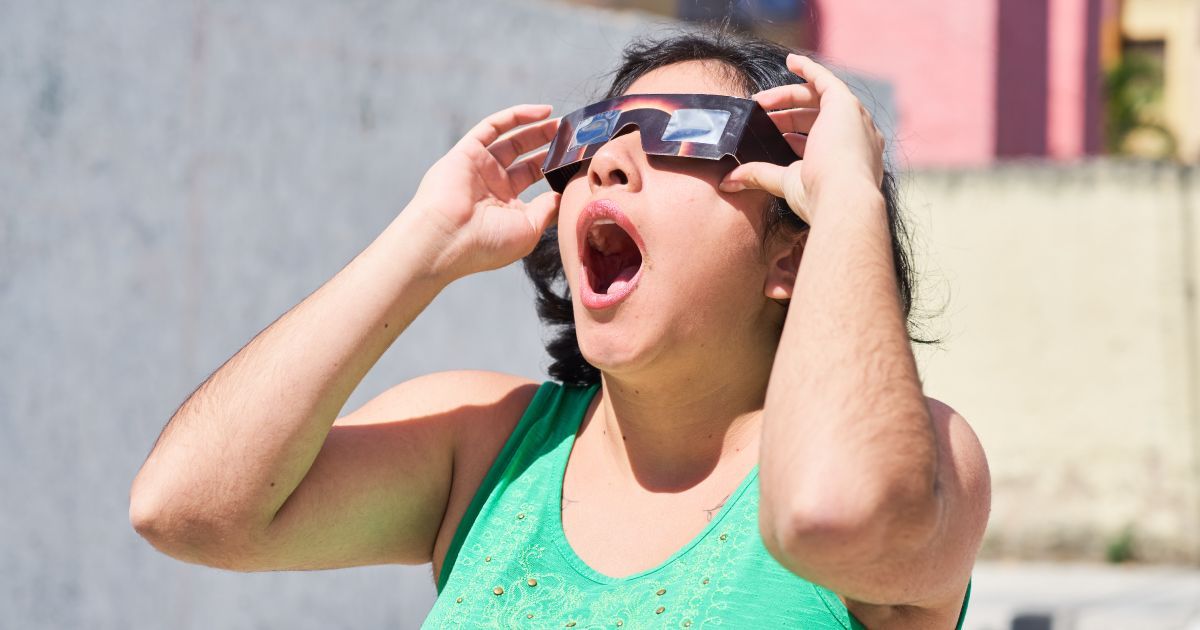
Safety Concerns: Protecting Your Eyes
While the ethereal beauty of a solar eclipse is undeniably captivating, it is crucial to understand the potential dangers of direct sunlight exposure to your eyes. The intense brightness of the Sun can cause permanent and irreversible damage to your retinas, the light-sensitive tissues at the back of your eyes responsible for vision.
Even during a partial solar eclipse, when a portion of the Sun's disk remains visible, the concentrated rays can burn your retinas, leading to permanent vision impairment or even blindness. This risk is amplified during the moments leading up to and following the total eclipse, when the Sun's intense light can catch unsuspecting viewers off guard.
It's important to note that even though San Diego will only experience a partial eclipse, eye protection must be worn AT ALL TIMES when viewing any portion of an eclipse - no matter if it's a partial or total eclipse.
Protecting Your Eyes: Solar Eclipse Glasses
To safely observe the solar eclipse, it is essential to utilize specialized solar eclipse glasses or viewers that conform to international safety standards. These glasses are designed to filter out the Sun's harmful ultraviolet, infrared, and intense visible light, allowing you to witness the celestial event without risking your eyesight.
Solar eclipse glasses must meet the ISO 12312-2 international safety standard and carry the appropriate certification and labeling. Failure to use certified solar eclipse glasses or attempting to view the eclipse through improper filters, such as sunglasses or exposed camera lenses, can lead to permanent eye damage or vision loss.
The Consequences of Unprotected Viewing
The consequences of viewing a solar eclipse without proper eye protection can be devastating and irreversible. Direct exposure to the Sun's intense rays can cause a condition known as solar retinopathy, which results in permanent damage to the retina's light-sensitive cells.
Symptoms of solar retinopathy may not be immediately apparent, but they can include:
- Blurred or distorted vision
- Central blind spots or scotomas
- Increased light sensitivity
- Impaired color vision
- Permanent vision loss or blindness
These effects can occur even after brief moments of unprotected viewing, as the concentrated sunlight can instantly burn the retina. The damage is often painless, making it easy to overlook the severity of the exposure until it's too late.

Safely Experiencing the Celestial Wonder
To ensure a safe and memorable experience during the 2024 solar eclipse, it is crucial to follow these essential guidelines:
- Obtain certified solar eclipse glasses: Purchase solar eclipse glasses or viewers that meet the ISO 12312-2 international safety standard from reputable sources. Avoid using homemade filters or substitutes, as they may not provide adequate protection. See below to find out how to get a free pair of solar eclipse viewing glasses at Urban Optiks Optometry while supplies last.
- Wear your solar eclipse glasses at all times: Once you have your certified solar eclipse glasses, wear them throughout the entire duration of the eclipse, except during the brief period of totality. Remove your glasses only when the Moon completely covers the Sun's disk, and promptly put them back on as soon as the Sun begins to reappear.
- Supervise children closely: Children should be closely supervised and educated about the importance of wearing solar eclipse glasses and not removing them during the partial phases of the eclipse.
- Avoid looking at the Sun directly: Never attempt to view the solar eclipse with the naked eye or through any unfiltered optical devices, such as binoculars, telescopes, or camera lenses, as this can cause permanent eye damage.
- Follow expert guidance: Stay informed and follow the advice and guidance provided by astronomers, eye care professionals, and reputable organizations regarding safe solar eclipse viewing practices.
Free Solar Eclipse Viewing Glasses at Urban Optiks Optometry
Urban Optiks Optometry has you covered when it comes to viewing this once-in-a-lifetime event safely. For a limited time, we're giving away free CE and ISO Certified Approved Safety Shades* so you can witness the amazing spectacle without risking eye damage.
Stop by Urban Optiks today to pick up your free pair of eclipse viewing glasses* while supplies last. With these specialized safety shades, you'll be able to experience the eclipse and protect your eyes safely. Urban Optiks Optometry is located at 3788 Park Blvd, Suite 5, San Diego, CA 92103.
This celestial phenomenon only happens once every few decades. Make sure you're prepared to view it properly by securing your free solar eclipse glasses now. Supplies are limited, so don't delay!
* Disclaimer: Limited to one pair of solar eclipse viewing glasses per person. Glasses must be picked up in person at Urban Optiks Optometry during regular business hours. While the viewing glasses are designed to allow direct viewing of the solar eclipse, they must be used in accordance with the accompanying instructions. Improper use of the glasses can result in serious eye injury or blindness. Urban Optiks Optometry is not responsible for any injury, damage, or loss incurred as a result of, or in connection with, the use or misuse of the solar eclipse viewing glasses. By accepting and using the glasses, the recipient assumes all risks associated with solar eclipse viewing.
The Takeaway
Embrace the cosmic wonder of the 2024 solar eclipse, but do so responsibly by prioritizing your eye safety. With certified solar eclipse glasses and proper precautions, you can witness this rare and breathtaking event without compromising your vision. Don't miss this once-in-a-lifetime opportunity to marvel at the celestial dance between the Sun, Moon, and Earth – safely and responsibly.
The information provided in this article is intended for general knowledge and educational purposes only and should not be construed as medical advice. It is strongly recommended to consult with an eye care professional for personalized recommendations and guidance regarding your individual needs and eye health concerns.
All of Urban Optiks Optometry's blog posts and articles contain information carefully curated from openly sourced materials available in the public domain. We strive to ensure the accuracy and relevance of the information provided. For a comprehensive understanding of our practices and to read our full disclosure statement, please click here.
OUR LATEST POSTS


© Urban Optiks Optometry, Inc. 2009-2024
All Rights Reserved
Location
The Cairo Building
3788 Park Blvd, Suite 5
San Diego, CA 92103
Phone: 619.683.2020
Text: 619.683.2020
Fax: 619.683.2111
Email: info@uoosd.com
Hours
Monday: 9 am – 7 pm
Tuesday: 9 am – 6 pm
Wednesday: 9 am – 6 pm
Thursday: 9 am – 7 pm
Friday: 9 am – 6 pm
Saturday: 9 am – 5 pm
Sunday: Closed


